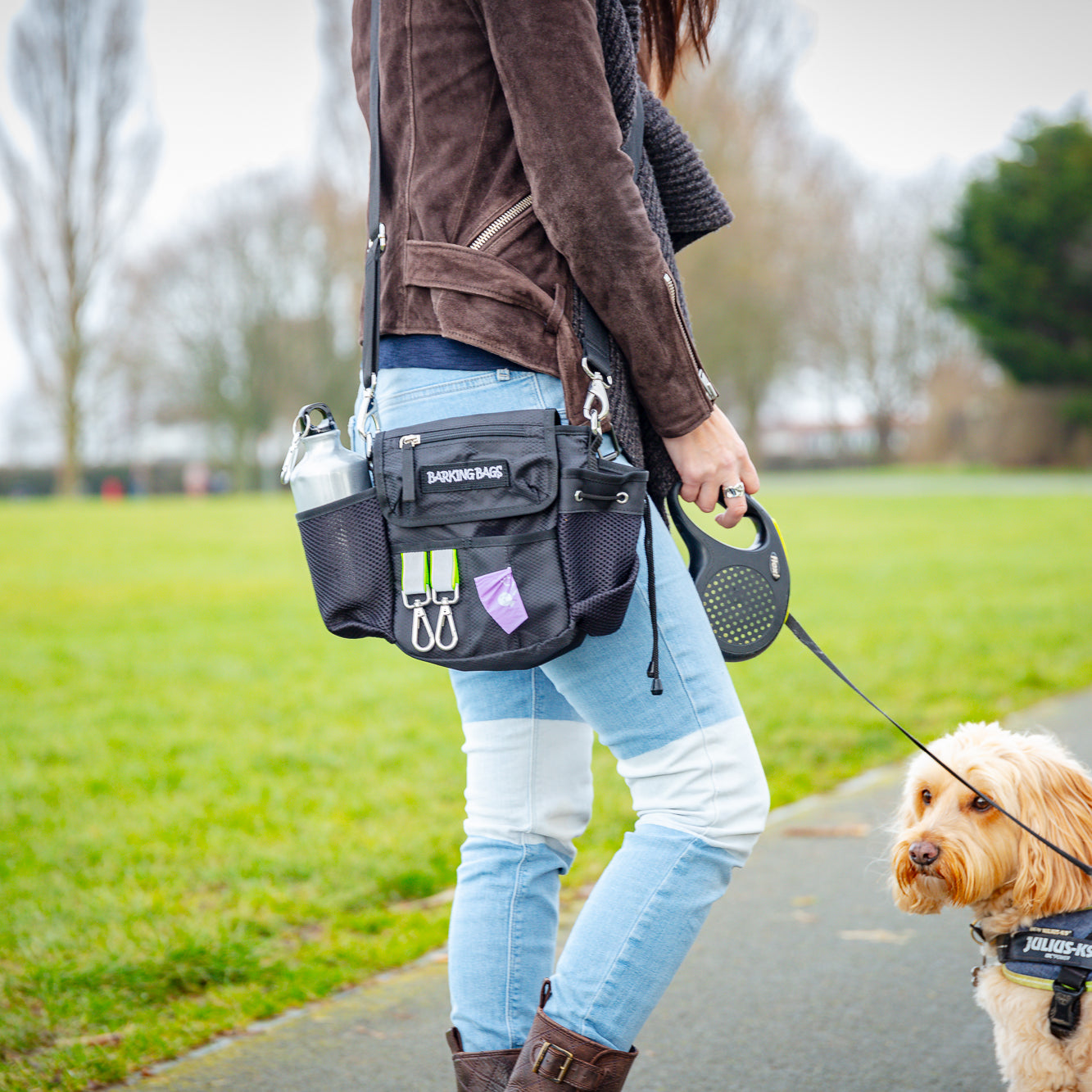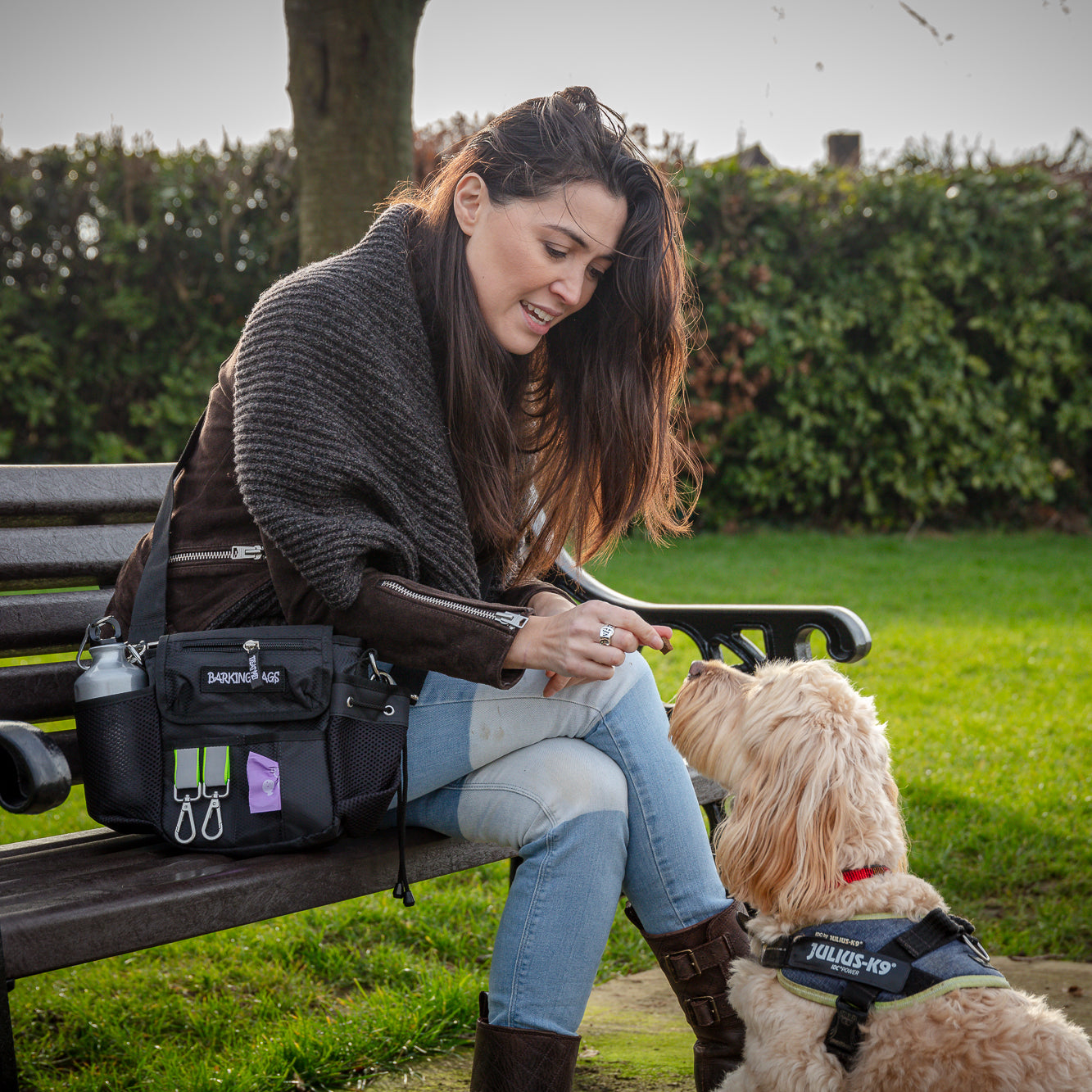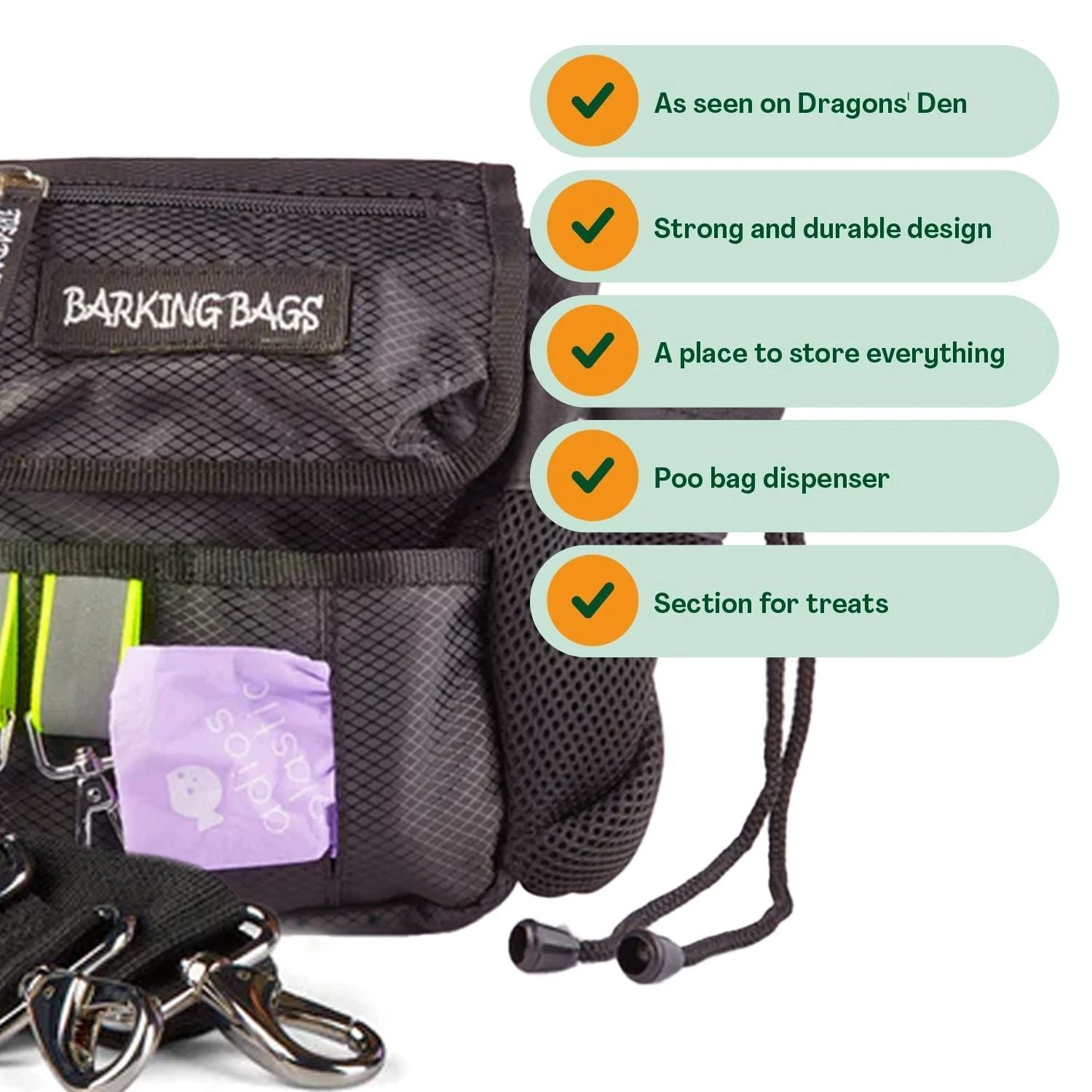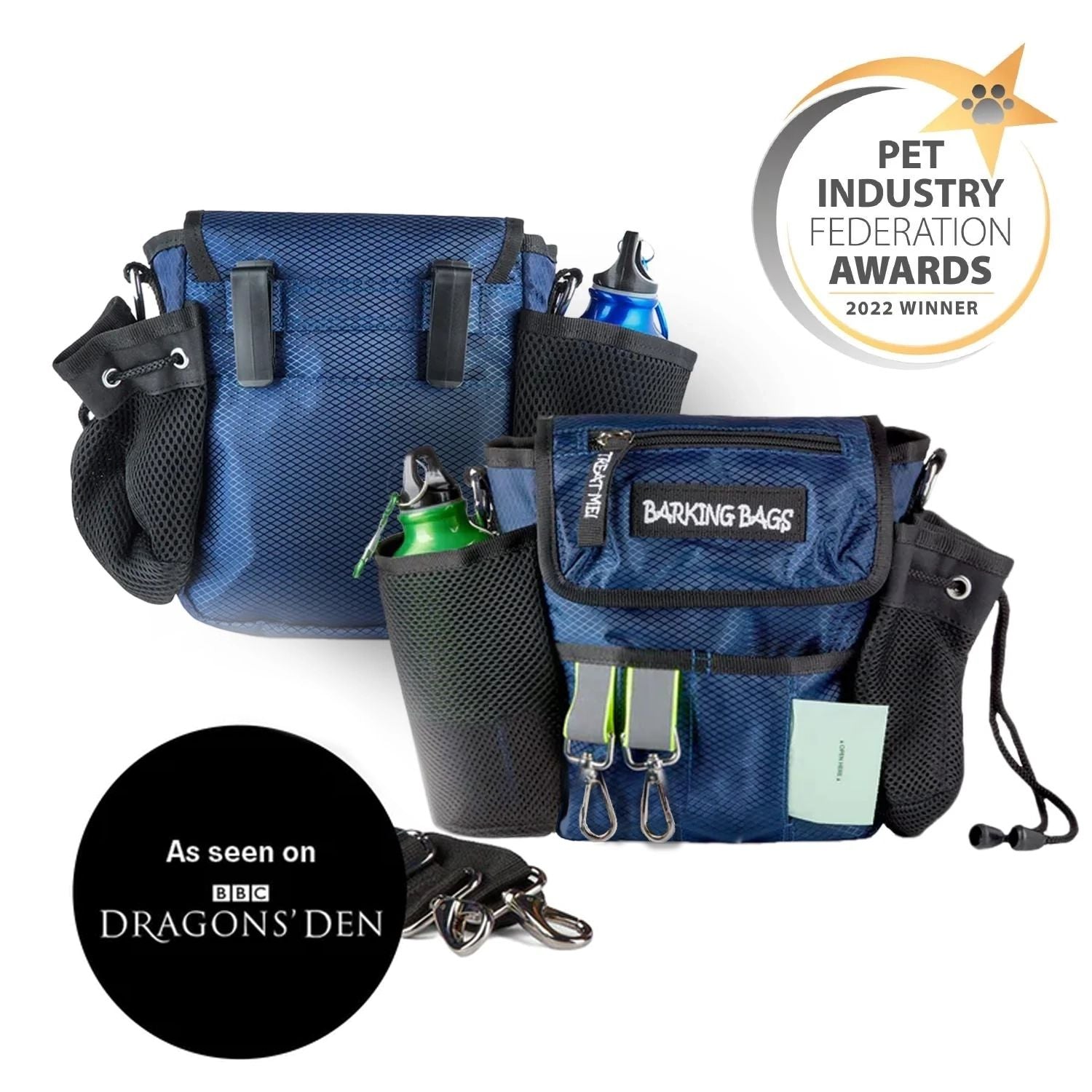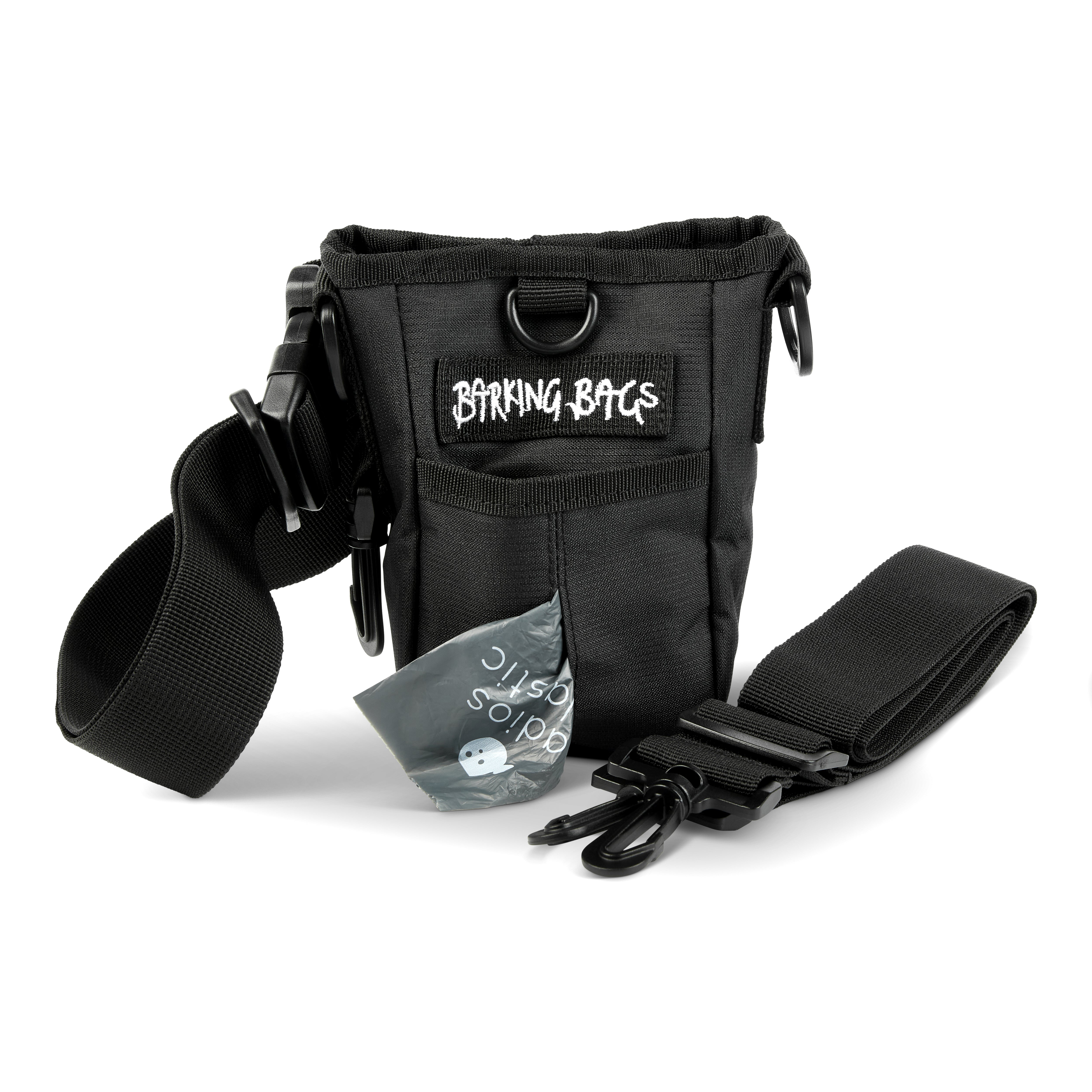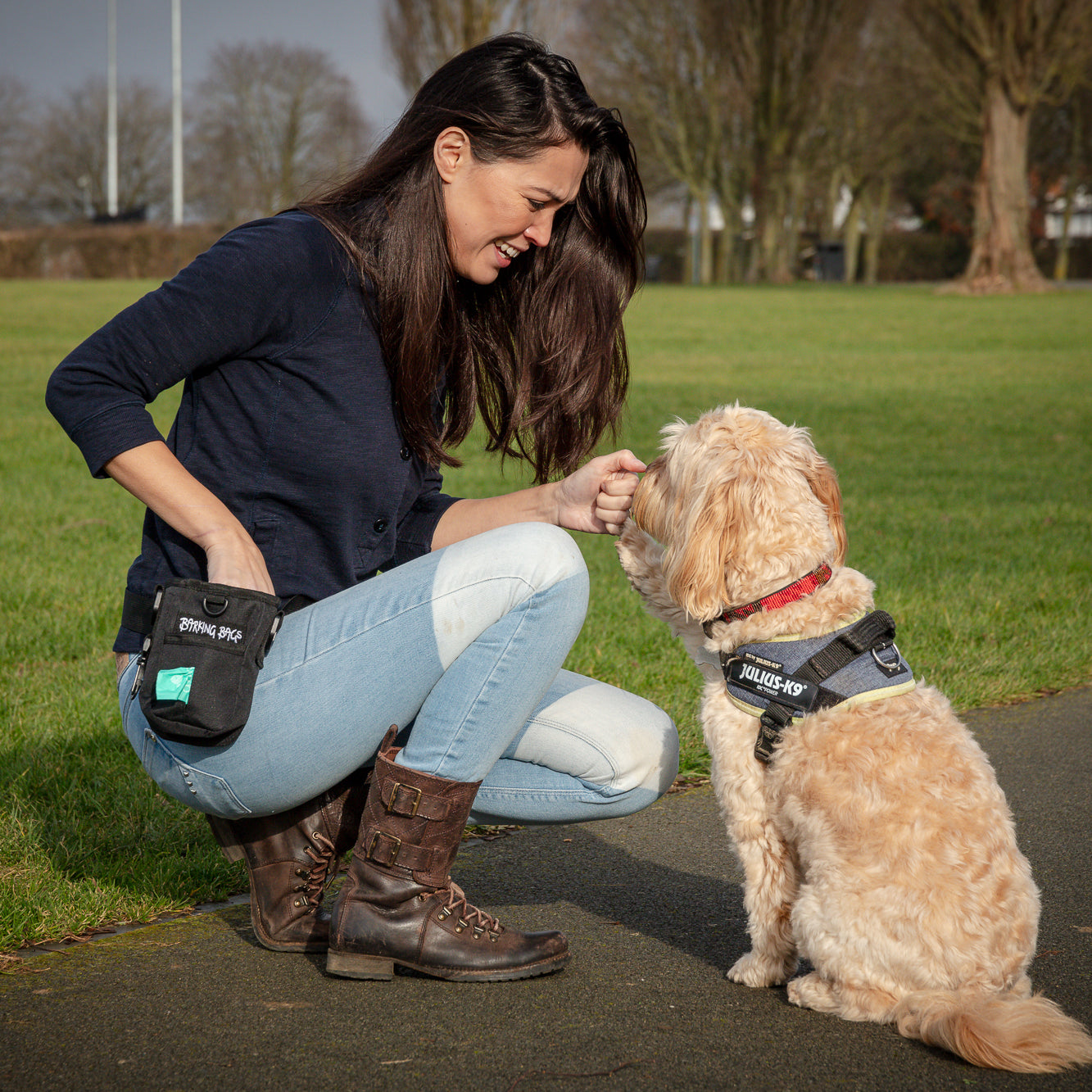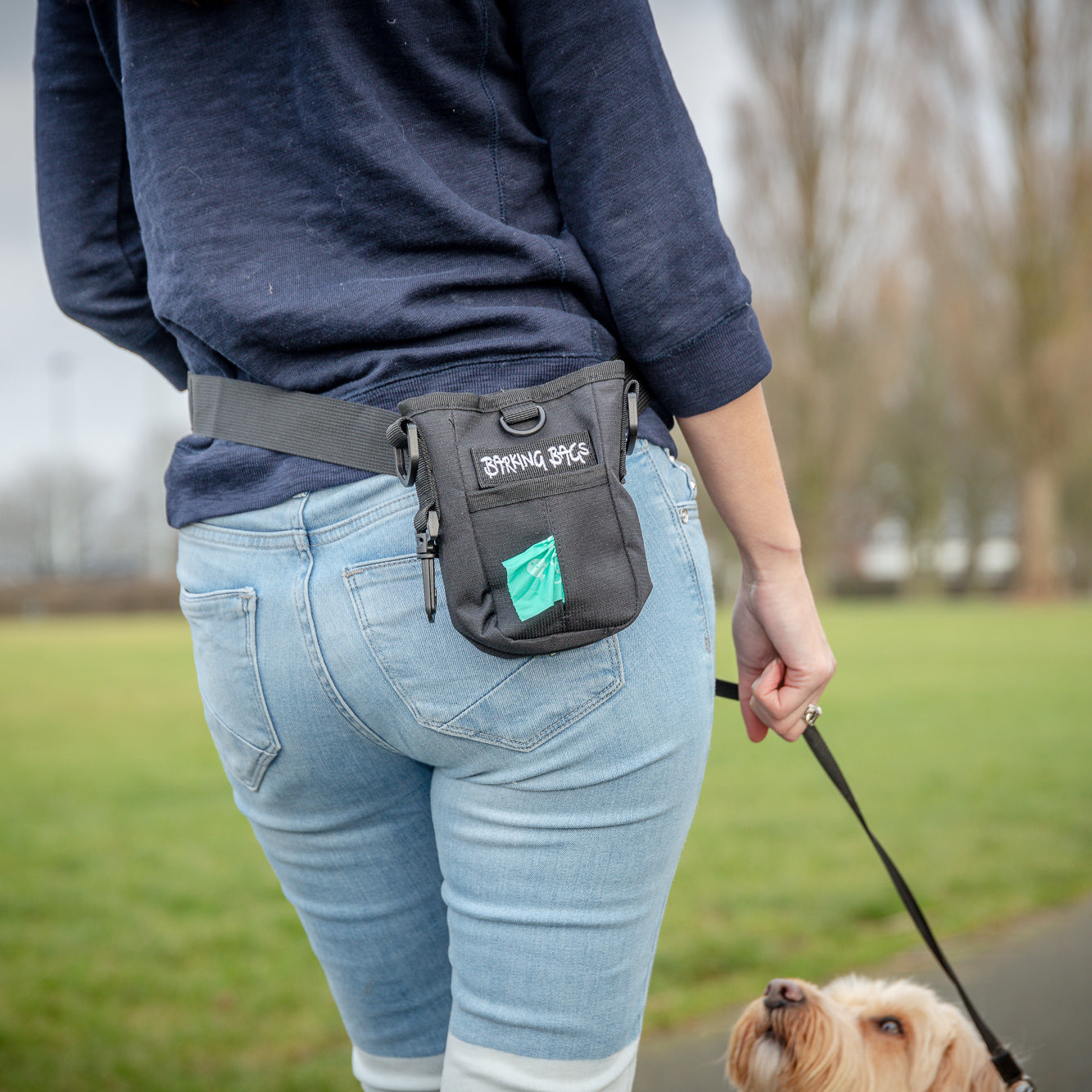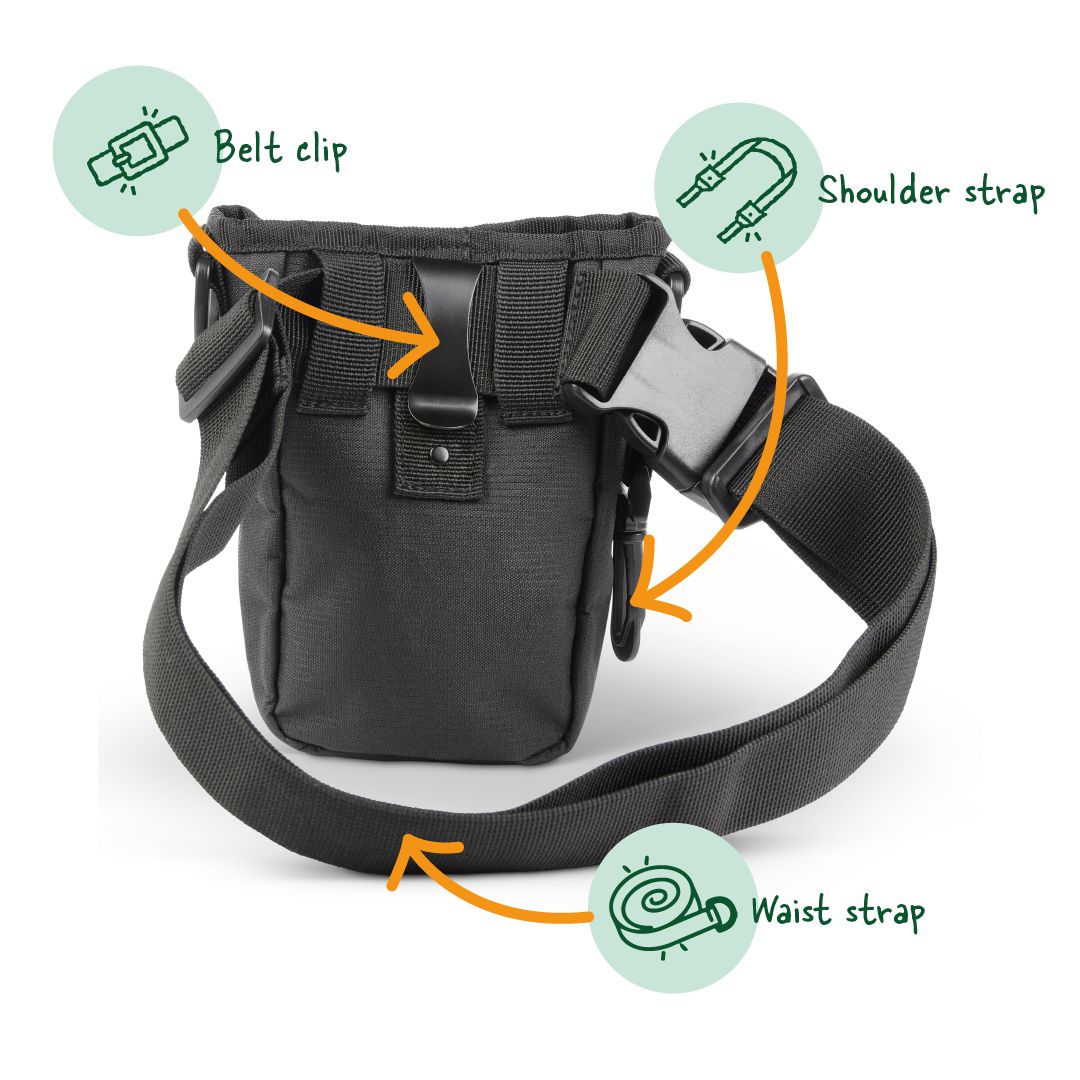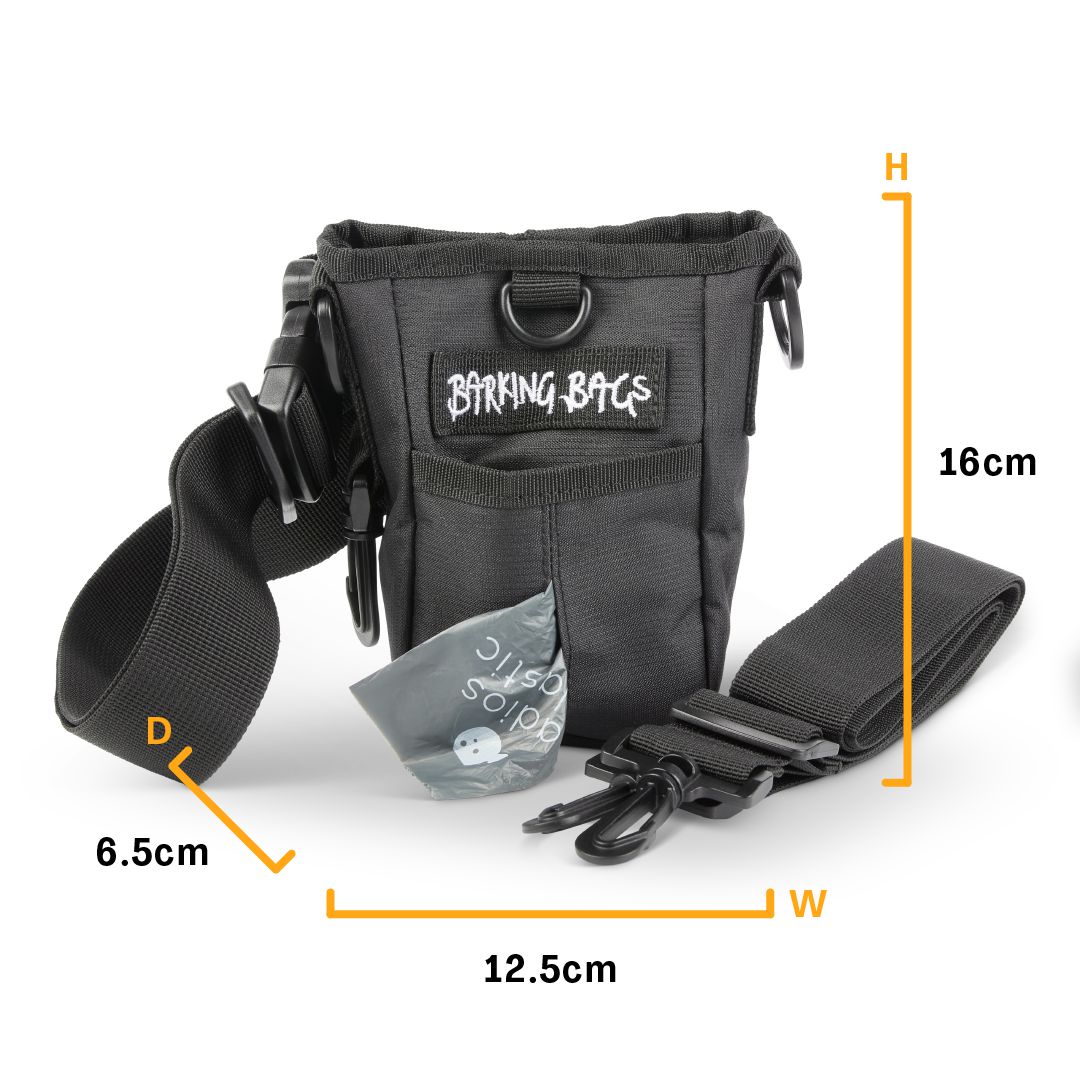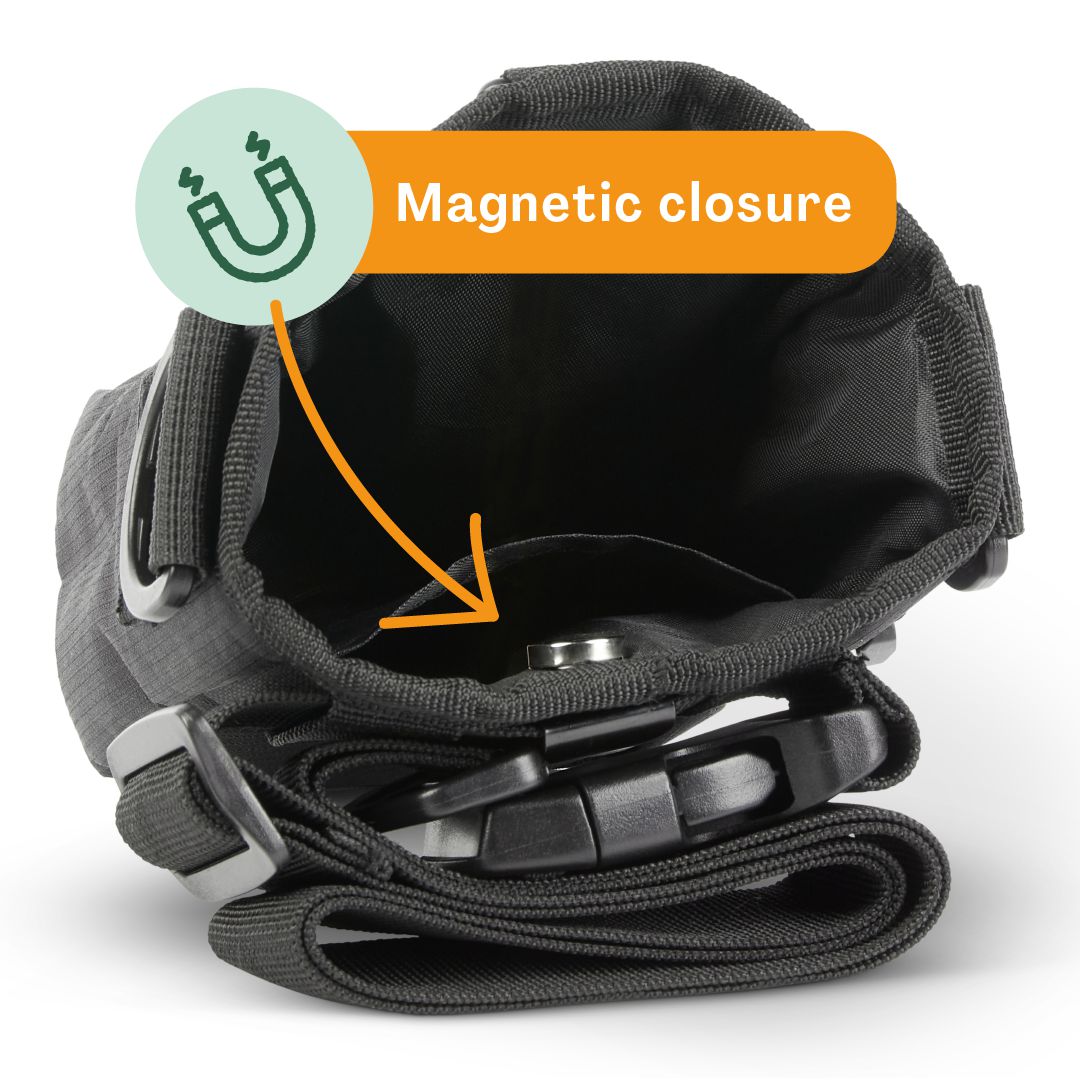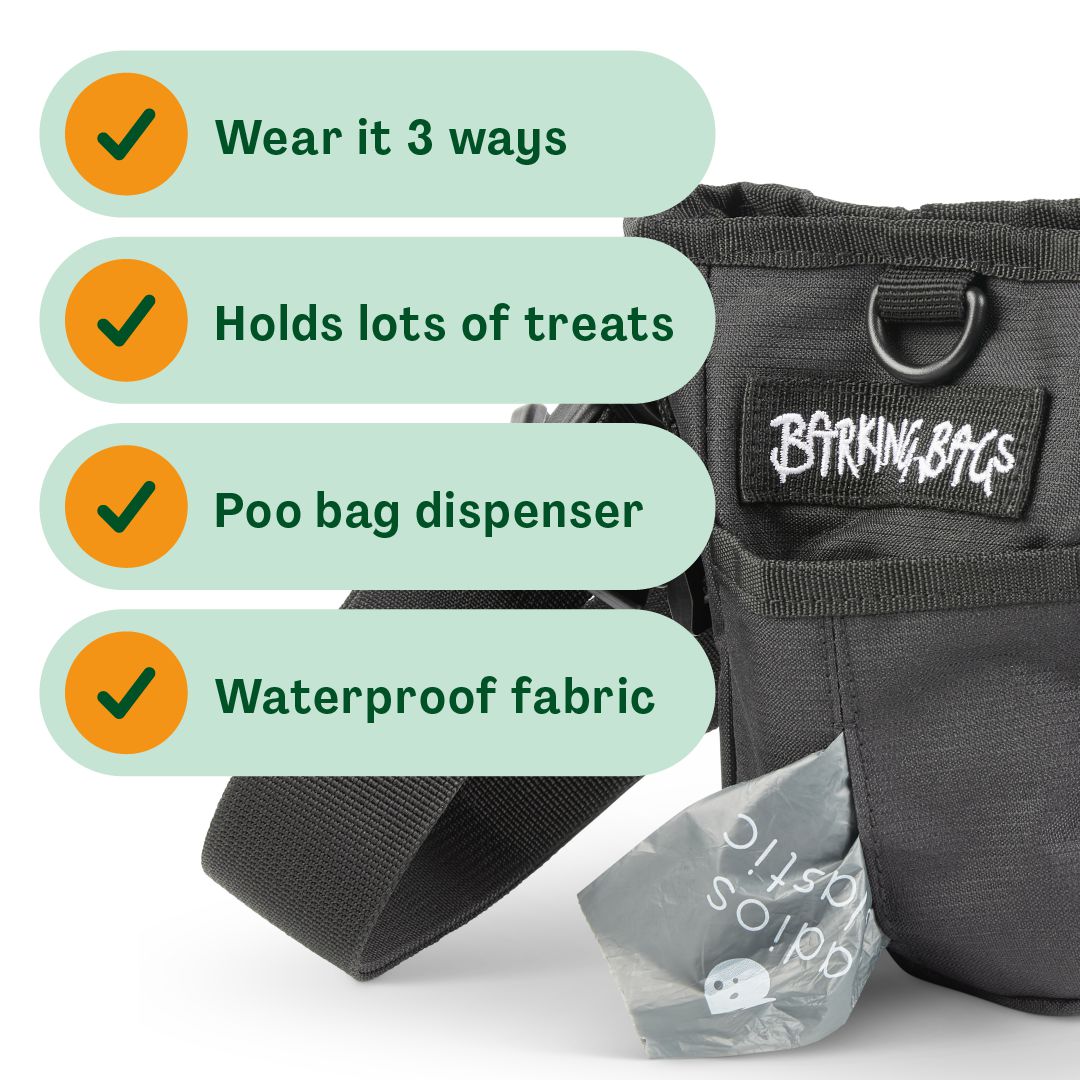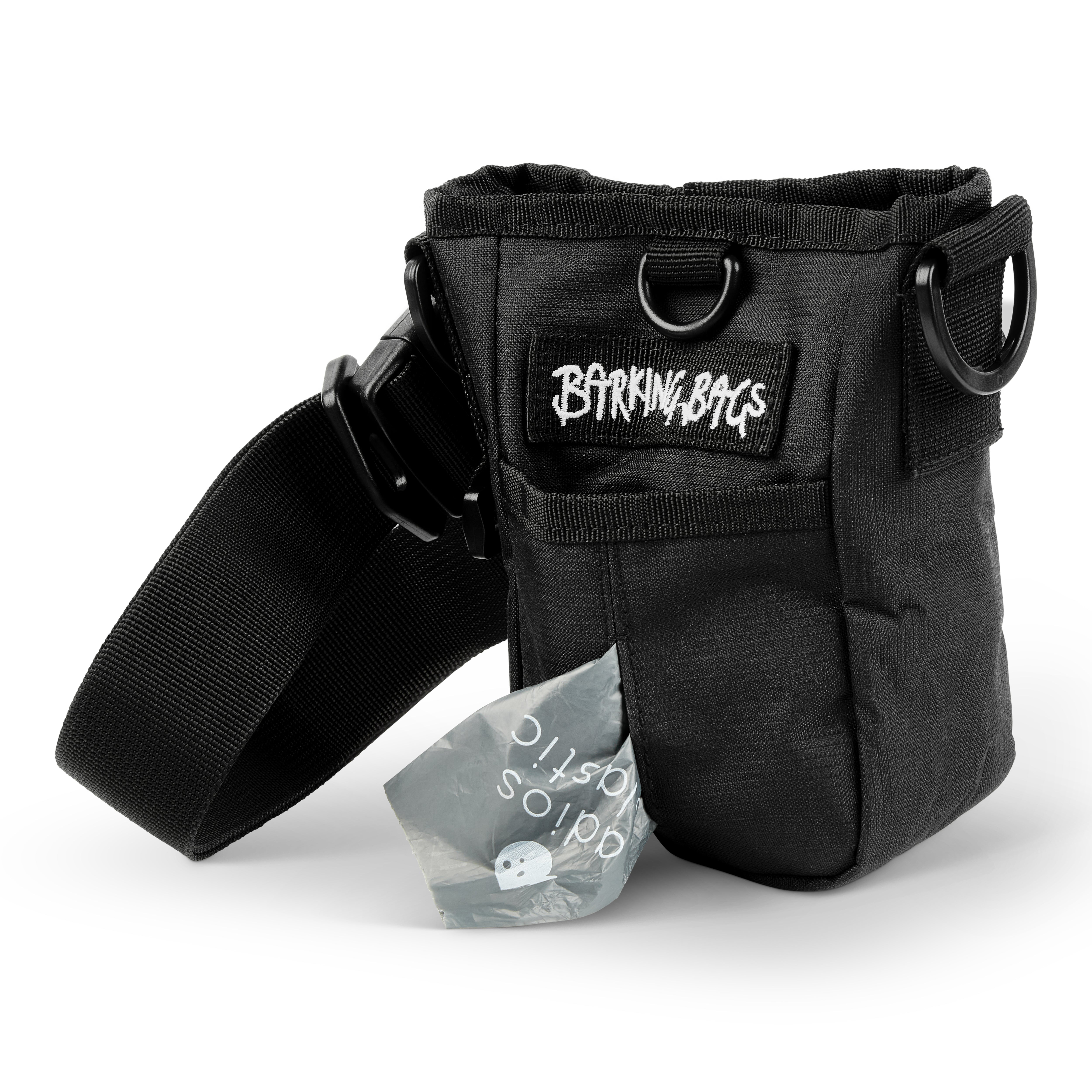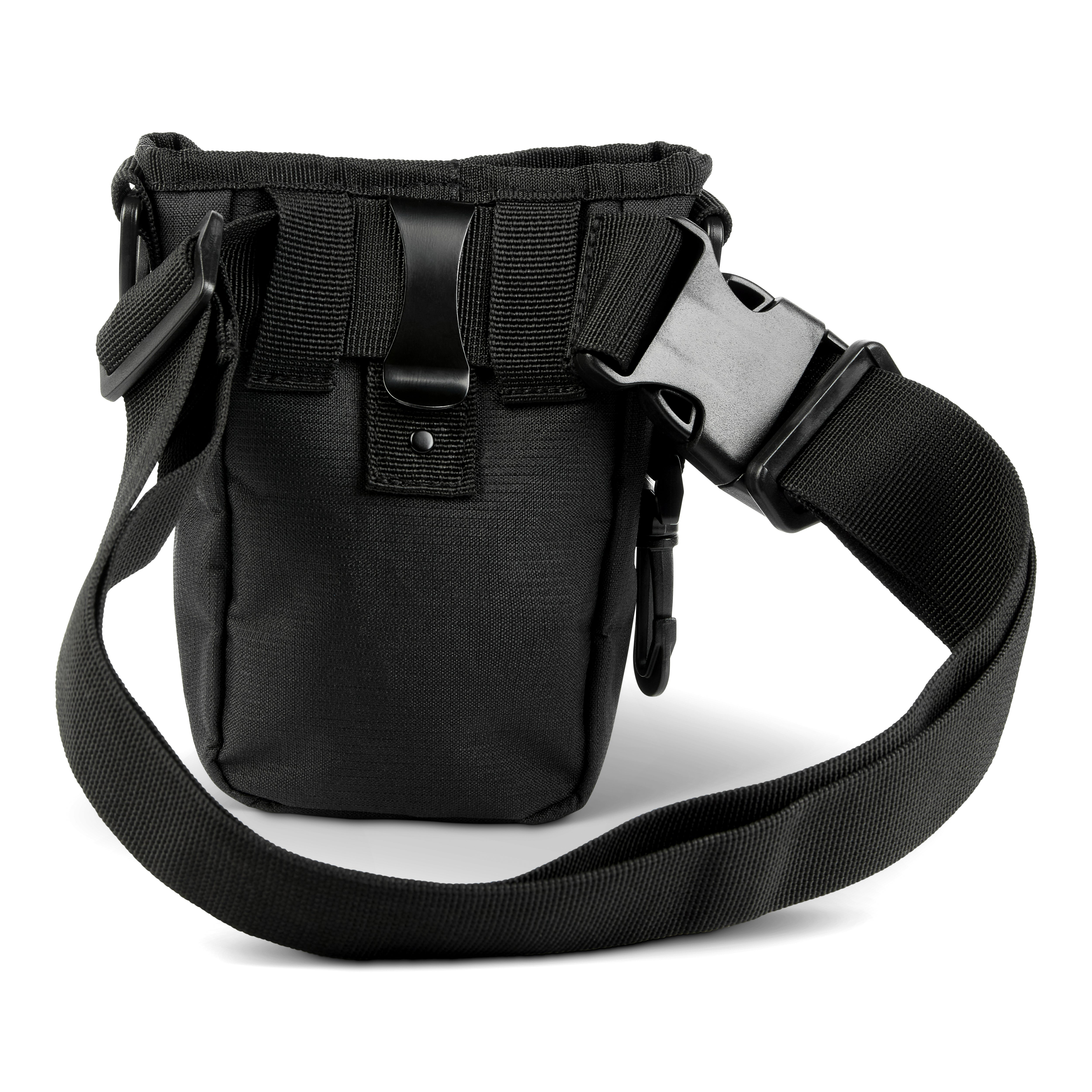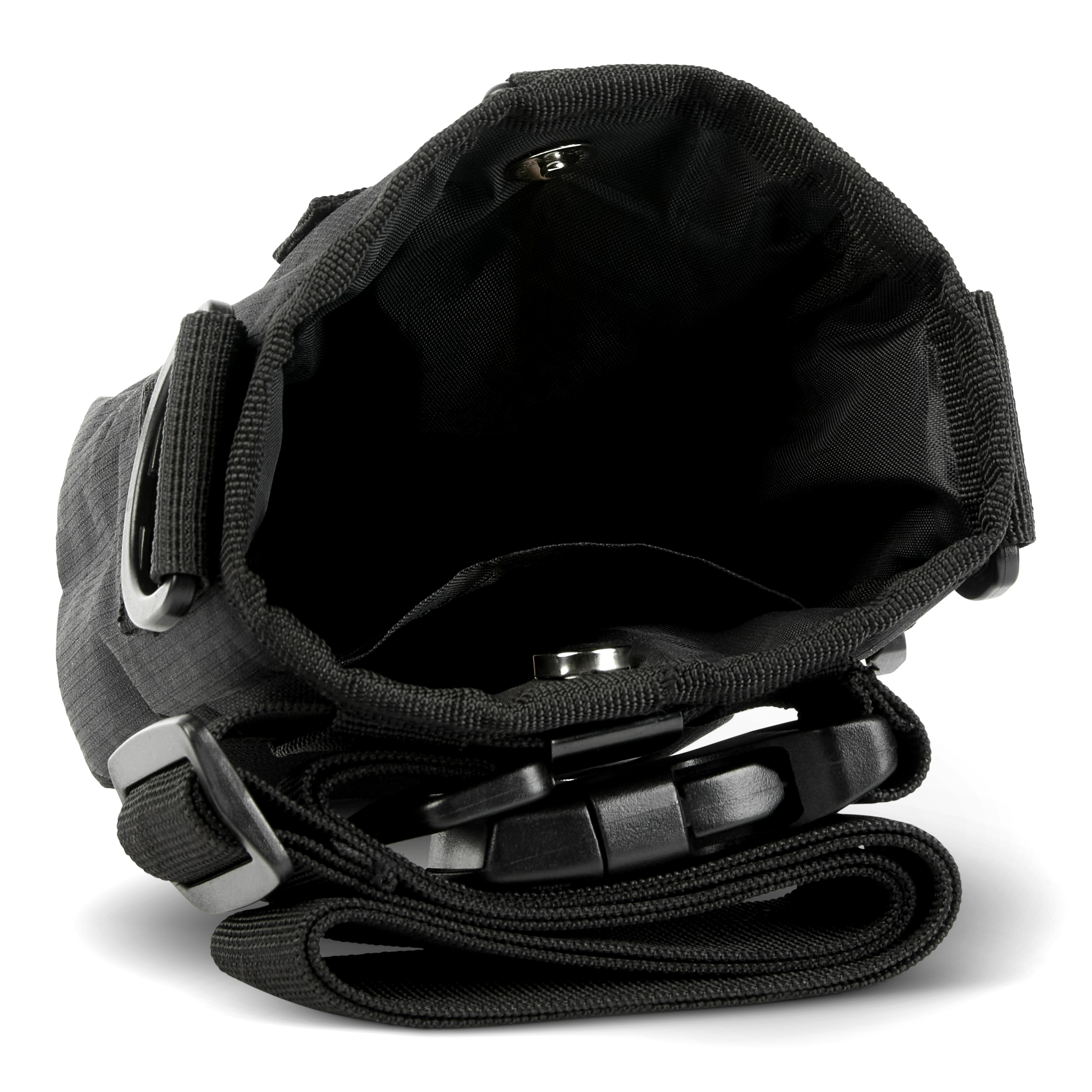
There’s a lot to consider when taking on a dog. One of the big questions is whether you have enough time and space to give your dog the exercise it needs. Consulting a dog trainer before you get a pet can save time and heartache in the long run as they can advise you on the breed that most suits your lifestyle.
For us, having to walk our dog regularly was one of the benefits and motivations for getting her. We are certainly leaner and fitter since Maisie came into our lives and there are clear mental health benefits; even in the rain - one sight of the lead and her excitement knows no bounds, so you just have to join in the fun. Their thirst for life, their sense of fun and energy can be infectious and helps release those health-giving endorphins.
As responsible dog owners, we all need to think about ways to keep ourselves and our dogs safe, so I am committed to sharing my top tips over the next few weeks.

Poop and you: It goes without saying that we need to pick up and dispose of dog waste safely, but accidents happen. Dog waste can contain diseases, including toxocariasis, a rare disease which affects the eyes. That is why our bags always come with a free hand sanitiser. During these dark days of Covid-19 , it’s useful to use a gel or spray after opening gates, handling dog toys or patting other dogs.

How safe is your dog? Dog thefts have been 65% higher since lockdown compared with last year, according to DogLost.co.uk. It’s painful to lose a dog at any time, but to lose them like this is devastating. It seems that with more people than ever working from home there has been a bigger demand for people to have canine companionship. Sadly this increase has led to inflated prices for puppies and seeing those rising prices has made criminals consider dog thefts.
Some argue this is compounded by lack of criminal justice so there are campaigns calling for pet theft reform – they don’t want a new law, they want pet theft to be identified as a specific crime in itself and treated seriously. A dog, for most of us, is part of the family and to lose it would be simply unbearable.
We don’t want to alarm people – theft numbers are relatively low, but there are things you can do to make sure you and your pets are better protected and to give you some peace of mind.
Safe Walking: One of the best (and occasionally the worst) things about caring for a dog is the regular walk.
Dark mornings and even darker nights: If you are walking on your regular patch, there might be a tendency to drop your guard but there are simple things you can do to keep safe. As the winter nights close in, we recommend carrying a torch and a panic alarm. This can be particularly important if your children take the dog out for short walks before or after school, when it is dark.

Safety alarms: These clever little devices are offering protection and saving lives. Inspired by the military, safe personal alarms use ear piercing sound to deter would-be attackers and thieves.
Unlike pepper spray, personal alarms are legal to carry everywhere and can be easily attached to your Barking Bag, providing a safe method for self-defense. It’s really simple to use; pull out the pin and the sound alerts people and can shock the assailant from taking action. They can be worrying for your pet too, but lets face it, if it helps to keep them safe surely it’s a useful thing to carry.
When you order a Barking Bag you can easily add one to your basket and if you’ve paid hundreds of pounds in pet insurance to keep your beloved pet safe, an extra £5 must be worth the investment surely?

Dog colour lights: consider purchasing an LED light up dog collar or attach a light. This will make night walks safe and fun as their help keep your canine safe and visible even in darkness. And don’t forget yourself…
Wear light, bright colours or attach fluorescent strips to your own garments to make you more visible on dark nights.
Our new range of Barking Bags have florescent strips on the front clips and on the strap ensuring extra safety on those dark walks. 


Dog walking belts: Walking belts are increasingly popular within the dog community; widely used for hands-free dog walking or jogging with your dog. The dog walking belt itself fits around the waist of the dog owner. The use of two connecting D-rings allows the force of a dog pulling to be dispersed evenly throughout the belt without putting any force on the clip holding the belt together. We have learnt that some people are using these belts as an extra safety measure. If the unexpected happens, such as a trip or fall, or someone attempts to snatch your dogs, your hands a free but your dog or dogs will still be attached to you . Barking Bags sell belts made by mm Dogggear.
These neat little belts allow you to walk hands free and can be used to turn your Barking Bag into a body bag too


Anti-theft technology: New technology is being created every year in the fight against dog thieves. From cameras to location trackers, there’s a range of equipment which could help protect your dog.
GPS Pet Trackers: Pet identification microchips don’t offer any form of location tracking, so these expensive but clever trackers could provide vital location information for your dog.
Carry a First Aid Kit: Every year, hundreds of dogs in the UK are involved in accidents, suffer heatstroke, get into trouble in water, suffer stings or swallow poisonous substances. Knowing what to do in an emergency could save your pet’s life. If you get into difficulties and don’t know what to do google can help but carrying a basic first aid kit will buy you valuable time before you get to the vets.
There are numerous first aid kits on the market ( check our www.bluecross.org.uk/pet-advice/basic-first-aid-dogs) but you can make one up yourself. Think about carrying:
- Sterile absorbent gauze
- crepe bandage (5cm width)
- surgical sticky tape
- blunt ended scissors
- tweezers
- rubber gloves
We made sure that our Barking Bags are large enough to carry a first aid kit – and a good deal more if required.

Water safety: This deserves a section on its own so this will be covered in another blog. The basic advice is that you should never let your dog swim in water you wouldn’t swim in yourself. Keep them restrained need fast flowing or icy water. Get them use to water in a safe environment and if they do get into trouble don’t risk your own life to save them. They are more likely to survive than you might think.

Walking around livestock
No responsible dog owner wants their pet to harm or kill livestock and yet seemingly innocent family pets are capable of chasing, worrying, injuring or killing livestock.
It is a criminal offence for a dog to worry livestock. Your dog could be shot if it cannot be brought under control. Between 2013-2017, five police units across the UK reported 92 dogs were killed for livestock worrying.

How safe is it to walk in field with livestock? Walking with your dog through a field of cows can be an unnerving experience. Although there have been serious incidents with people and livestock, most accidents happen in the confines of the farmyard, not the field. However, there are thing you can do to help keep you and your dog safe:
Never, ever walk in a field where there are cows with their calves.
Cows are inquisitive creatures and will most likely come towards you to investigate you and your dog. If they are approaching at a leisurely pace it is likely they are simply curious.
If you are concerned and can find an alternative route, do so.
If there is no alternative route, stay on the footpath and walk calmly through the field and make sure you can see the exit.
Always keep your dog on a lead.
It can seem particularly unnerving to have cows follow you but try to keep a steady pace. They tend to want to keep up with you. If you speed up so will they.
Cows do not have a good depth of vision so they may come closer than is comfortable to see you better.
If you feel confident you can clap your hands and say something to shoo them away. However, cows will move away quite skittishly, and they often return.
If you feel that you and your dog are in danger, let your dog off the lead so you can both reach safety. Your dog should be able to outrun the livestock and provide the distraction you need to get to safety yourself. Be aware that your actions may risk in you and your dog being prosecuted for livestock worrying, so only remove the lead if there is no other option.
Keeping your dog safe
Think twice before leaving your dog tied up outside a shop. You will make them a vulnerable and tempting target for opportunist thieves.
Don’t leave your dog alone in the car, even for a few minutes. Thieves can easily break into your car to steal your precious pet.
Make sure your dog is microchipped and that you keep your contact details up-to-date, especially if you move house or change your telephone number. Dogs and puppies in the UK must be microchipped by eight weeks old, by law.
Your dog should always wear a collar and ID tag with your name and address on it. This is a legal requirement when your dog is in a public place. A mobile number is also a good idea, but avoid putting your dog’s name on the disc.
Take clear photographs of your dog from various angles, and update them regularly. Make a note of any distinguishing features.
Have lots of photographs of yourself with your dog, to help you to prove ownership if needed. Train your dog to come back when called, and never let them off the lead if you are not sure they will come back to you. If in doubt, use an extending lead, especially if you are in an unfamiliar area where your dog may get lost more easily.
Take care when choosing someone to care for your dog if you are going away from home or need a dog walker whilst you go to work. Use a reputable company or boarding kennels and check references for people who provide dog or house-sitting services.
in these circumstances.
Anti-theft technology
New technology is being created every year in the fight against dog thieves. From cameras to location trackers, there’s a range of equipment which could help protect your dog.
GPS Pet Trackers. These have the advantage of letting an owner know where their pet is in real time. A tracker can be expensive, but could provide vital location information of your dog. The downside is that these wearable devices can be easily removed by the thief. Don’t get a GPS tracker confused with the pet identification microchip, which doesn’t offer any form of location tracking.
HD outdoor cameras. Small but powerful, HD cameras are handy to use in your garden if you’re worried about threats. They can provide a constant video stream to your house, letting you know what’s going on at all times.
Home security system. A home security system can be used to keep you, your family and your dog safe. Opt for a security system which is pet-friendly, meaning it won’t be set off by your dog. These systems are generally only suitable for small dogs. If you have a big dog, you may need to seek help from a professional home security installer.



